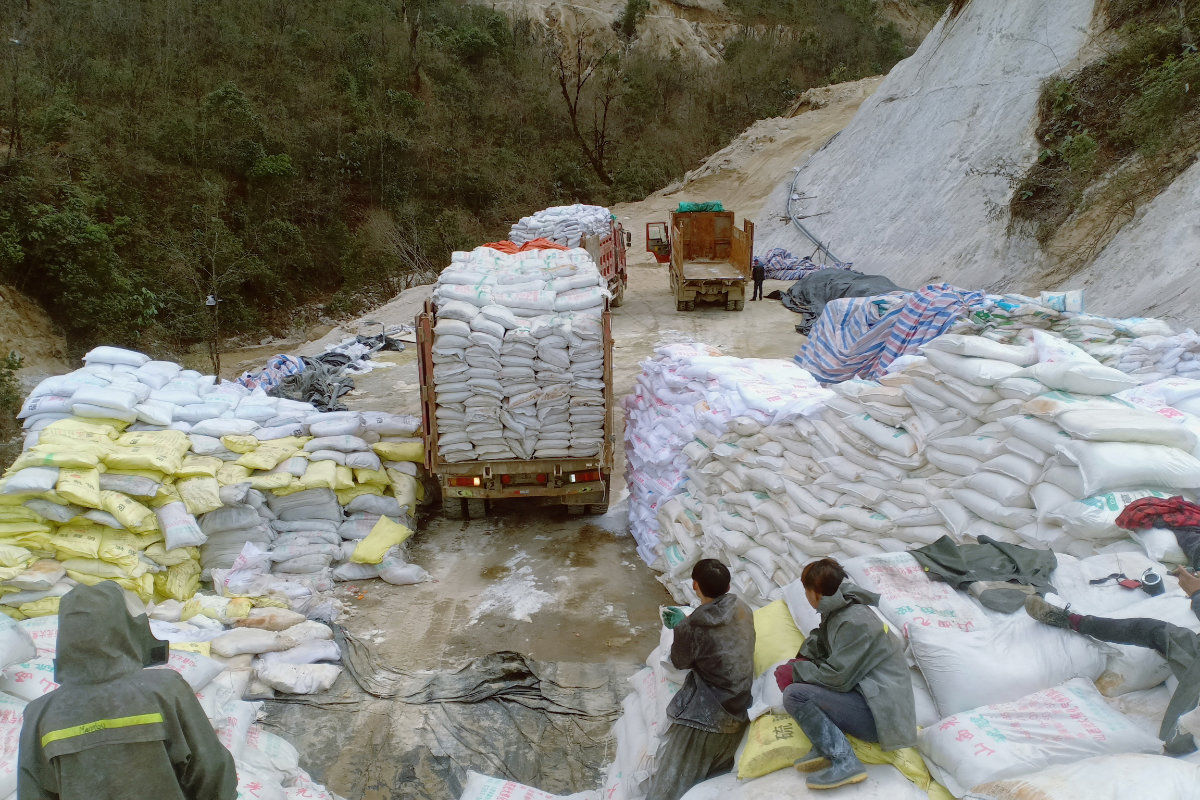BRUSSELS: Europe should further boost military spending, pool resources on joint defense projects and buy more European arms, according to an EU blueprint unveiled on Wednesday, driven by fears of Russia and doubts about the future of US protection.
The European Commission, the EU’s executive body, presented the proposals in a White Paper on defense, which aims to ensure Europe has a “strong and sufficient” defense posture by 2030.
“The international order is undergoing changes of a magnitude not seen since 1945. This is a pivotal moment for European security,” European Union foreign policy chief Kaja Kallas told reporters in Brussels.
Kallas said Russia’s economy was in “full war mode,” with 40 percent of its federal budget going to the military.
“Regardless of the ongoing negotiations for peace in Ukraine, this is a long-term investment in a long-term plan of aggression,” she declared.
Some proposed measures aim to boost the EU’s arms industry, meaning any role for companies from major weapons producers outside the bloc such as the United States, Britain and Turkiye would be substantially limited.
EU countries have already begun boosting their own defenses in response to Russia’s 2022 invasion of Ukraine. They ramped up defense spending by more than 30 percent between 2021 and 2024.
But their efforts have acquired more urgency from US President Donald Trump’s rapprochement with Russia and US warnings that European security can no longer be Washington’s primary focus.
“450 million European Union citizens should not have to depend on 340 million Americans to defend ourselves against 140 million Russians, who cannot defeat 38 million Ukrainians,” European Defense Commissioner Andrius Kubilius said.
“We really can do better. It’s time for us to take responsibility for the defense of Europe.”
CAPABILITY GAPS
The paper urges Europe to fill “capability gaps” in areas such as air and missile defense, artillery, ammunition and missiles, drones, military transport, artificial intelligence, cyber warfare and infrastructure protection.
The paper – a draft of which was leaked last week — proposes EU countries swiftly pool resources to fill the gaps, including through Defense Projects of Common European Interest, defined by governments and benefiting from EU financial incentives.
Moscow has condemned the EU’s rearmament push as an incitement to war based on an “invented story” of a Russian threat. Such words have not reassured European leaders, as Russia made similar statements before the invasion of Ukraine.
The EU paper includes proposals outlined earlier this month to boost countries’ defense spending.
Those include a plan for the Commission to borrow 150 billion euros ($163.35 billion) for loans to EU governments to spend on defense projects and easing EU rules on public finances, which the Commission says could mobilize a further 650 billion euros.
Defense policy has traditionally been the domain of national governments and the NATO security alliance that brings together North America and Europe.
But the EU has become increasingly involved in defense in recent years and the White Paper suggests a fundamental shift to a more pan-European approach.
Many EU governments say they are in favor. But how it would work is likely to be the subject of fierce debate — over who should have the power to decide on joint projects, who should run them and how they should be funded.
The proposals in the paper would require the approval of the bloc’s national governments and — in some cases — the European Parliament to become law.
In the paper, the European Commission suggests it could act as a “central purchasing body” on behalf of EU members. But some EU capitals have already signalled resistance, wanting to keep such decisions in the hands of national governments.
The paper says the Commission will also work on building a true EU-wide market for defense equipment, simplifying and harmonizing rules.
Such measures are intended to reduce the fragmentation of Europe’s defense industry, in which many manufacturers produce different weapons systems for different governments.
For example, Europe has 19 different main battle tanks, compared to just one in the United States and 17 types of torpedoes compared to just two in the US, according to an analysis by McKinsey.
































